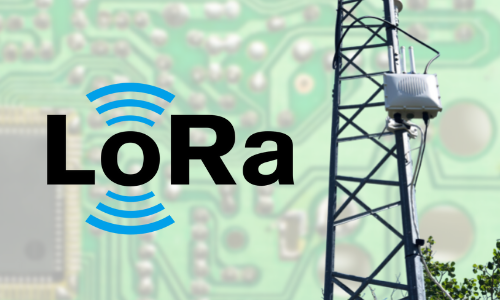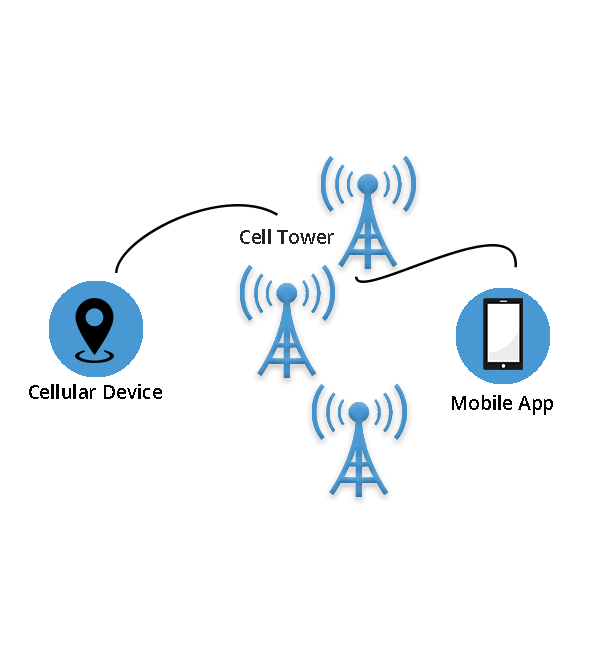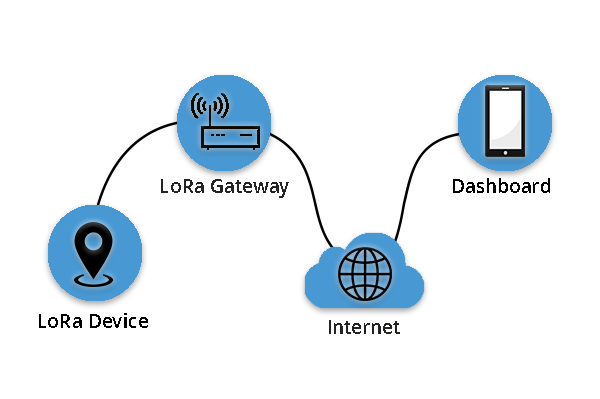Features & Benefits

Long Range
The range of connectivity can vary between 2 km in an urban area and up to 30 km in a rural area

Low Power
LoRa devices only use a fractional amount of battery power to generate and transmit data enabling them to hold a battery life up to 10 years.

Secure
LoRaWAN uses a 2-layer security protocol: one for the network and one for the application, featuring 128-bit AES end-to-end encryption.

Cost Efficient
Extremely low operating costs, minimal battery replacement costs and low-cost infrastructure investment.

Geographically Available
There are more than 170 LoRaWAN network operators spread across 177 countries worldwide! RCI can set your business up with its own private network, or work with one of our network partners such as SasktTel to provide coverage where needed.

Capacity
LoRa is a LPWAN (Low-Power Wide Area Network) and provides the capability for many simultaneous transmissions over great distances. This protocol is suitable for extremely small data packets including sensor data of GPS coordinates, alarms, triggers, and other monitoring functions.

Easy Deployment
Our solutions are delivered pre-configured. Simply plug in the gateway, turn on and set the devices, and familiarize yourself with our online dashboard.
What is LoRa?
LoRaWAN (long-range, wide-area network) is a connectivity protocol being utilized world-wide to connect devices to the internet. LoRa (short for long range) enables low-powered ‘things’, to communicate with applications over long-range wireless connections. It can be visualized in a similar way to a Wi-Fi or Bluetooth connection, however LoRa requires much less power, offers a far greater connection range, and only sends small amounts of data between connection points.

LoRa vs Cellular
RCI offers solutions on both cellular and LoRa networks. While LoRa is operational in over 170 countries worldwide, it is an emerging network in North America and available only through a handful of operators, including Rivercity Innovations.
Cellular Network
- Communicates through cell towers or base stations.
- Cellular network is well established in most populated areas worldwide
- Ability to send and receive large data messages, suitable for video and audio
- Typical coverage range up to 1km in urban areas and 10km in rural areas.
- Poor battery life.
- Expensive data fees compared to LoRa

LoRa Network
- Communicates through small 4″x6″ gateways, like your typical WiFi router.
- LoRa is a new and emerging communications network
- Excellent for temperature, humidity, and GPS data due to it’s design
- Typical coverage range up to 500 meters indoors, 2km in urban areas and 40km in rural areas.
- Low power usage extends battery life of device up to 10 years.
- Very low data fees

